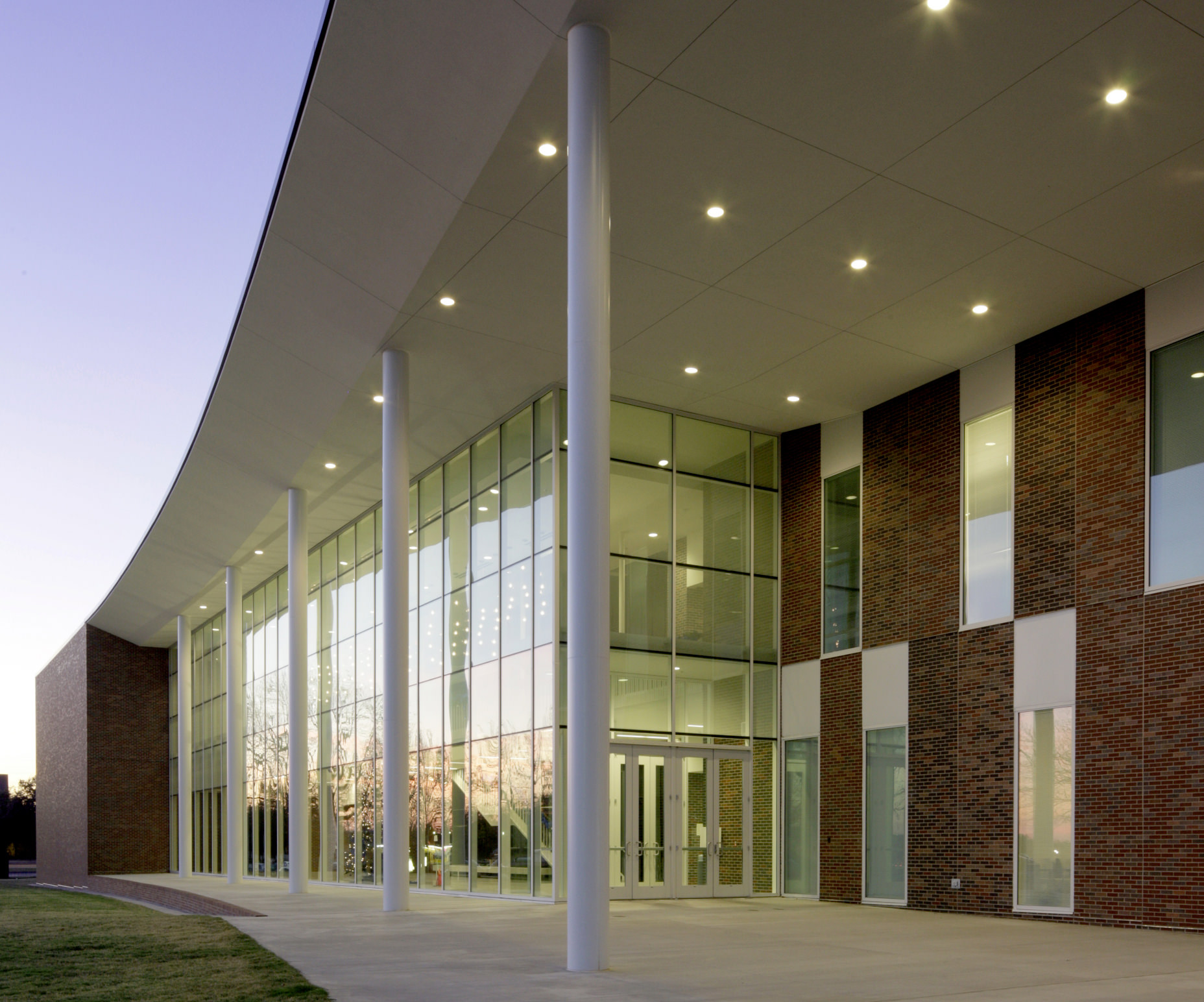

#TAMU PERCUSSION STUDIO FREE#
Parking at the Rec Center is free after 5pm. The north side parking is limited and there is more parking on the south side.

The MSC is walking distance from the Rec Center. However, most off-campus buses will stop at the MSC. There are several on-campus buses that will take you to the Rec Center. Shaltis, and a special performance by the UM Percussion Group celebrating the 100th birthday of vibraphone Guest artists include Brian Nozny (McNeese State) and Ksenija Komljenovic (TAMU-Corpus Christi). Since then, Ive had the honor of working as a band director in public and private schools with an emphasis on teaching percussion, including drumset, drumline, keyboard percussion, and Latin percussion. A live streamed event featuring high school solo and ensemble performances, clinics from our guest artists and Dr. The Rec Center is located west of the main campus across Welborne Road. In 2011, I earned my Bachelor of Science degree in Music Education from Texas A&M University - Commerce. Room 2229 is on the south entrance of the Rec Center (near Blue Bell Park).įor general transit information, go to TRANSIT INFO. The IAWP will be in the Rec Center Room 2229 A/B. Locations, maps, and general tranportation information of the International Aggie Welcome Party (IAWP)
#TAMU PERCUSSION STUDIO PROFESSIONAL#
TAMU Ballroom offers weekly ballroom lessons taught by a professional dance instructor, various social events, and the opportunity to meet some awesome people! They are a dance group that revolves around finding your own style in the various types of "urban" dances. They provide a unique and original show combining traditional percussion ensembles with and without melody to more original pieces.įUSD stands for Freestyle Underground Street Dancers. Percussion Studio is a student-led organization at TAMU dedicated to the art of percussive ensemble performances. Andrew M.Thanks to the following groups performed at the Fall Aggie Welcome Party!Ī group at Texas A&M that dance and perform traditional Mexican dances. The solos in this collection are designed to bridge the gap for percussionists who are proficient on the core instruments (snare drum, timpani, and keyboards) yet not quite ready to tackle some of the advanced solo multi-percussion repertoire that already exists.

At the intermediate stage in a student’s development, it is important to work on bite-size pieces, where the focus can be on sound concepts and technical development.


 0 kommentar(er)
0 kommentar(er)
